

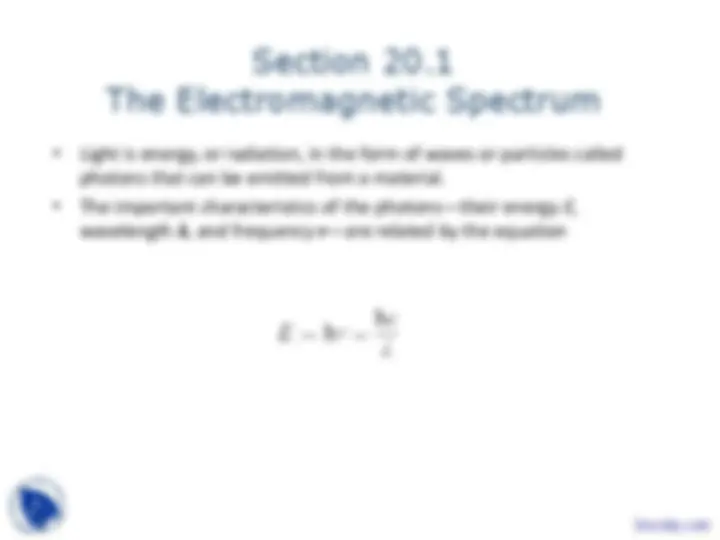
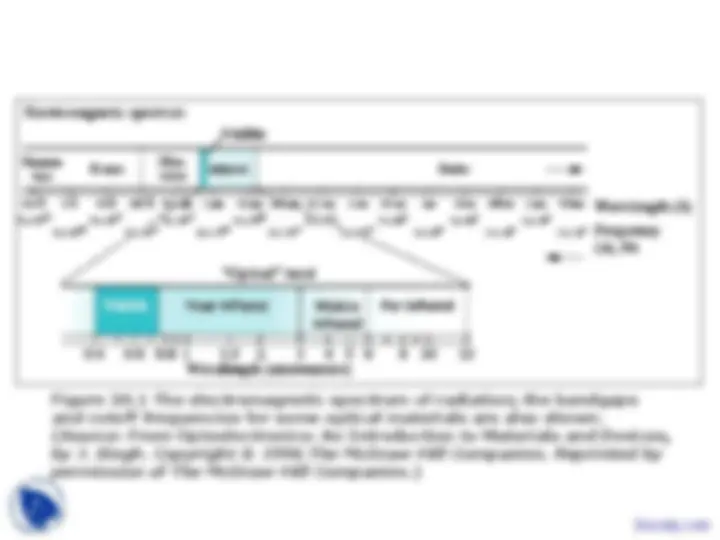
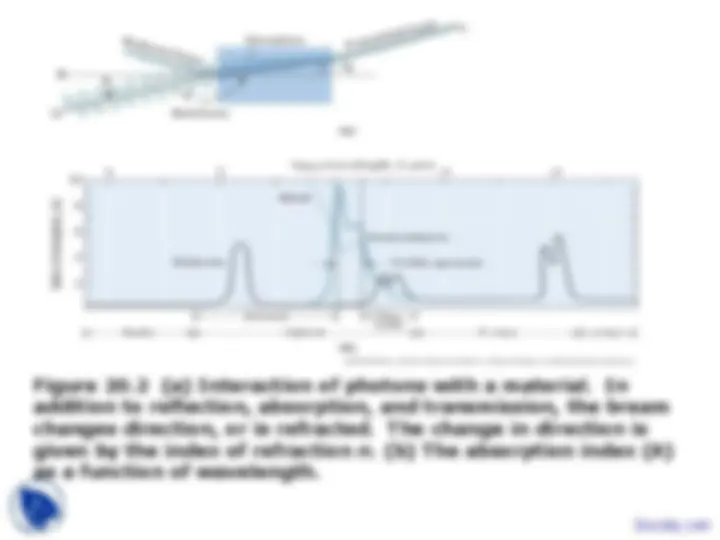
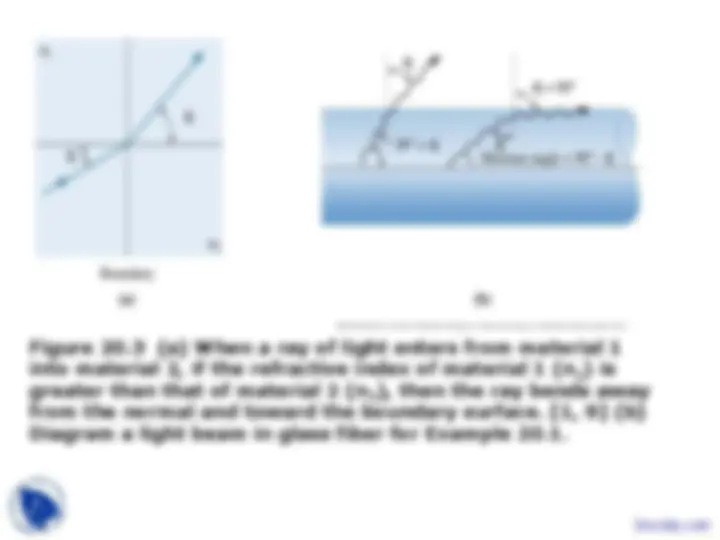
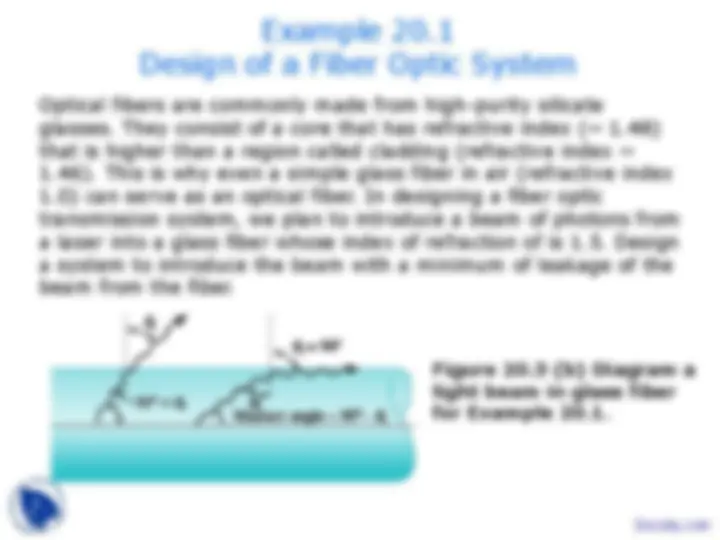
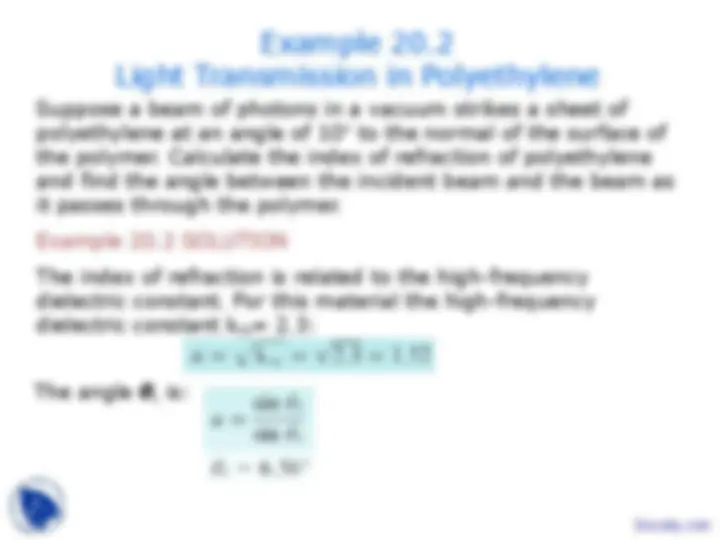
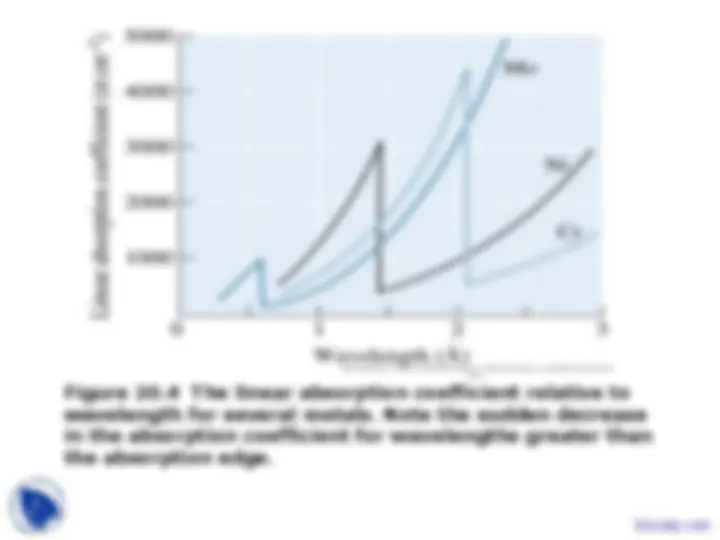
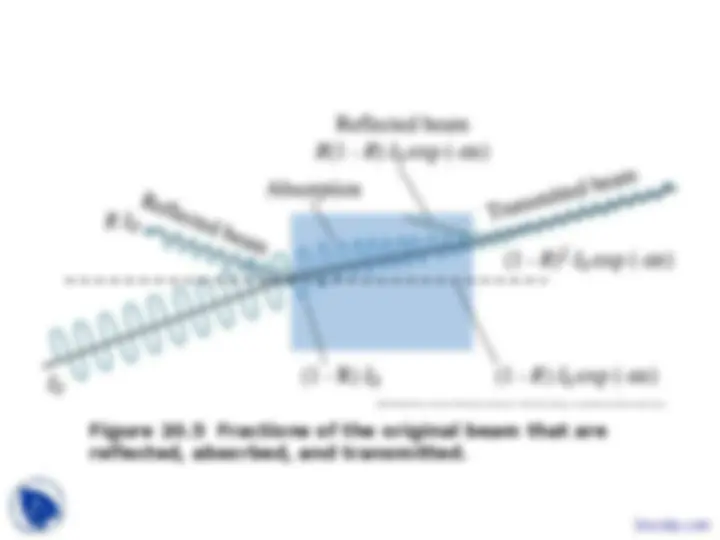
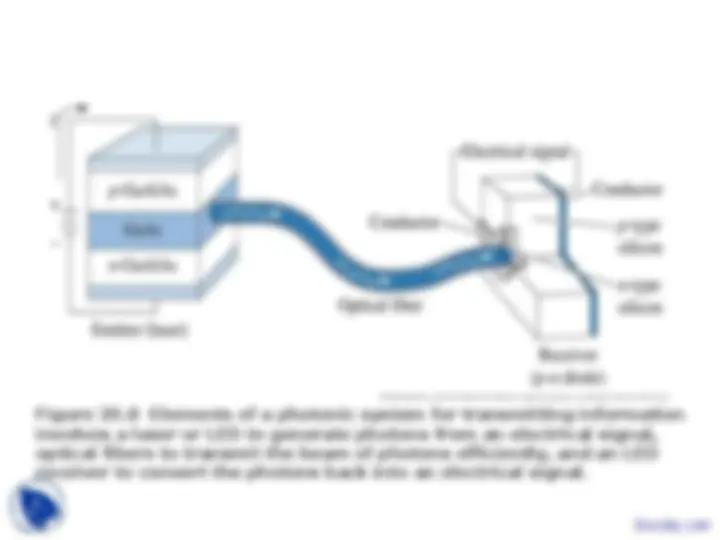
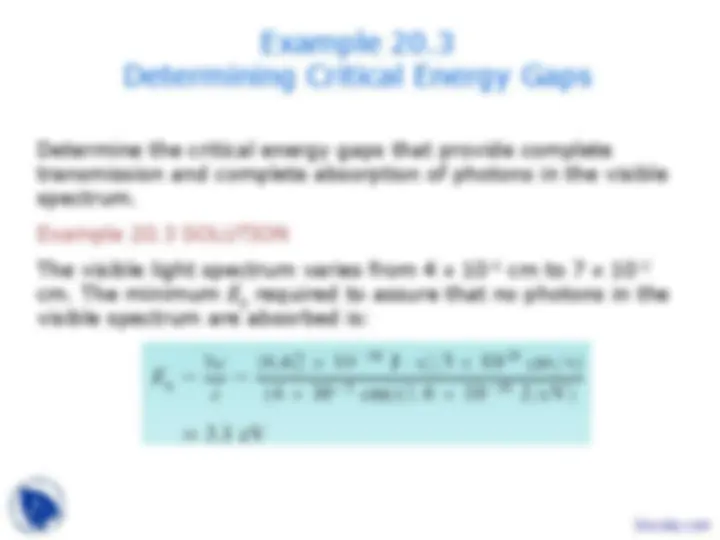
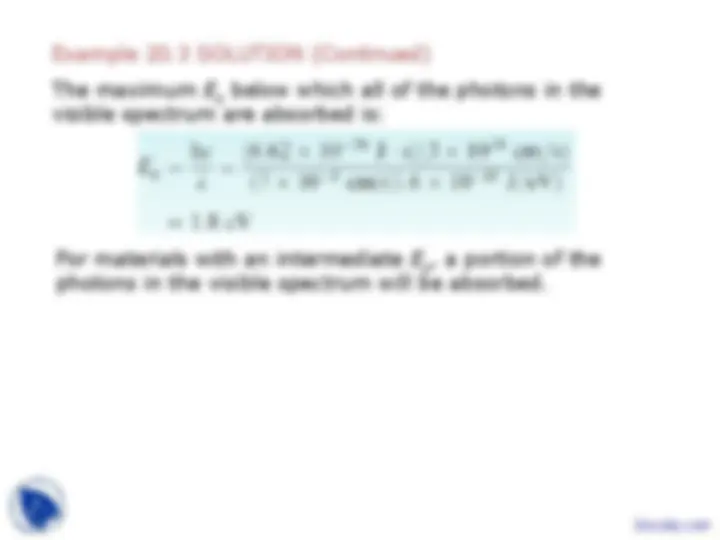
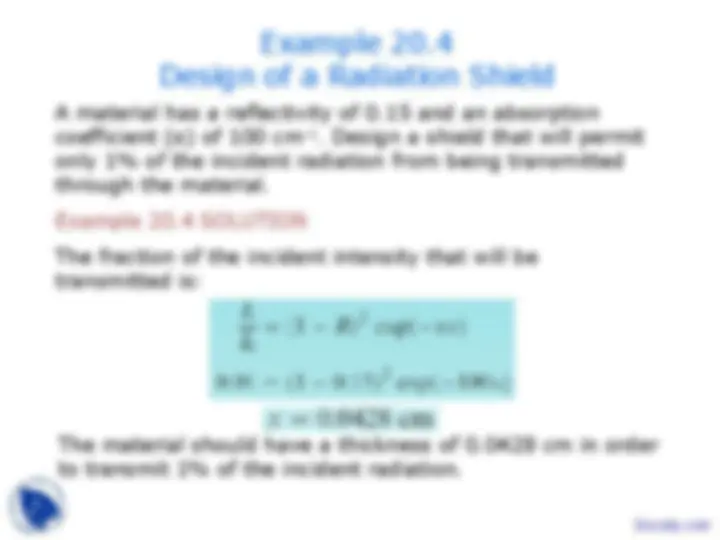
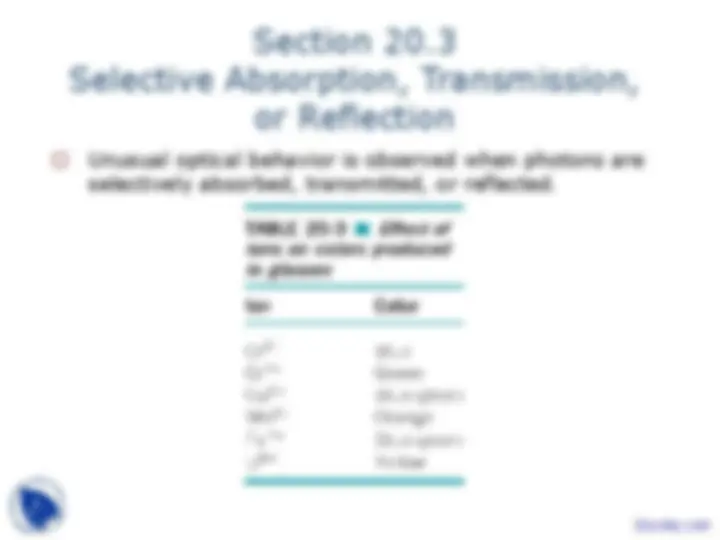
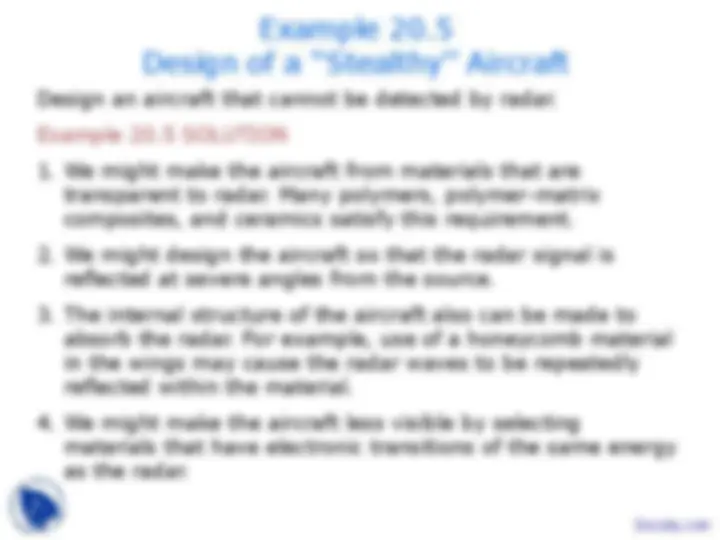
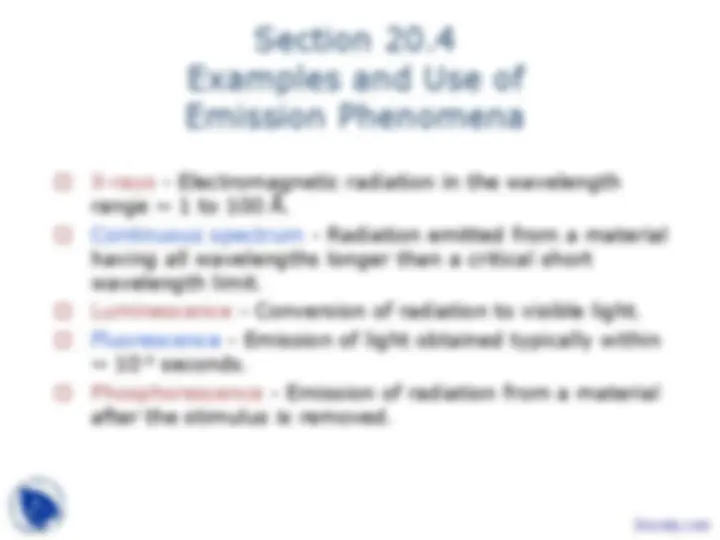
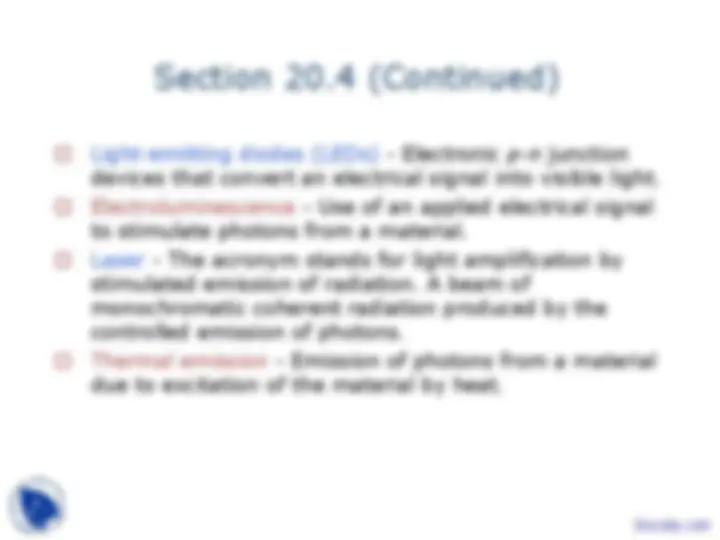
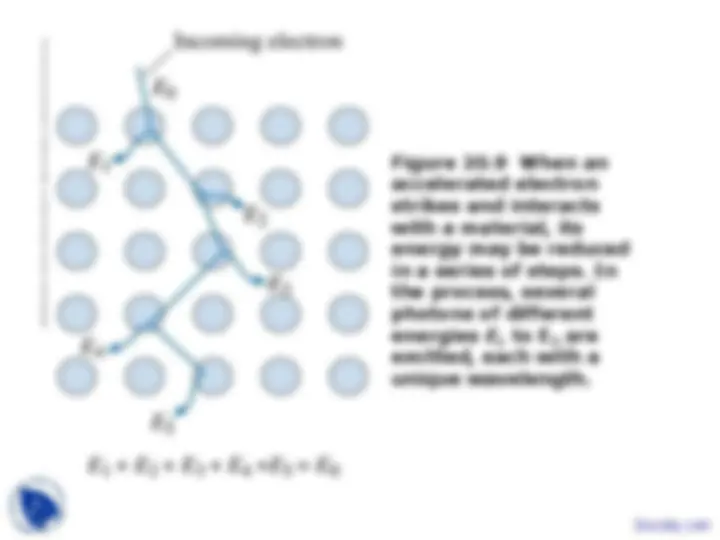
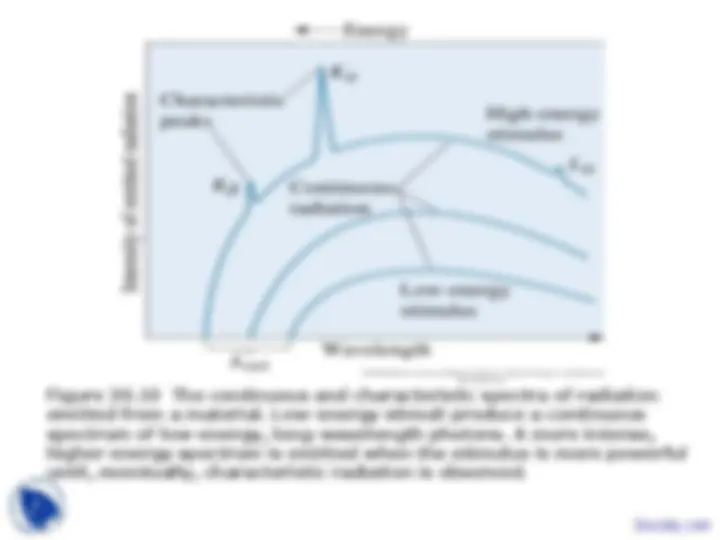
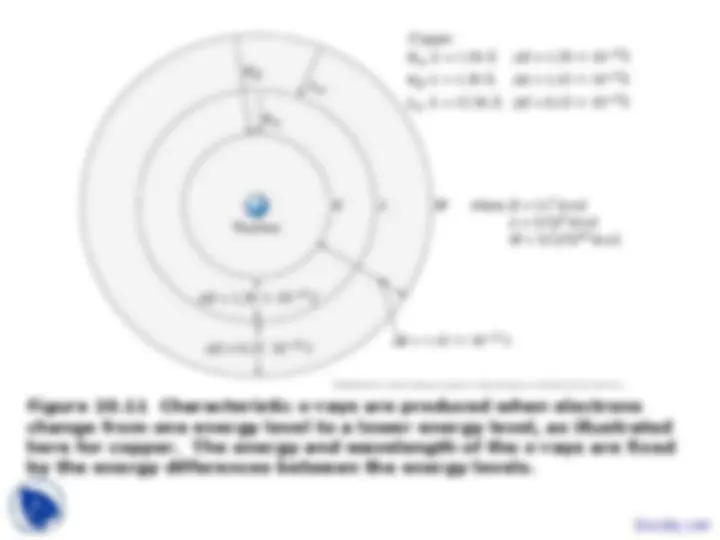
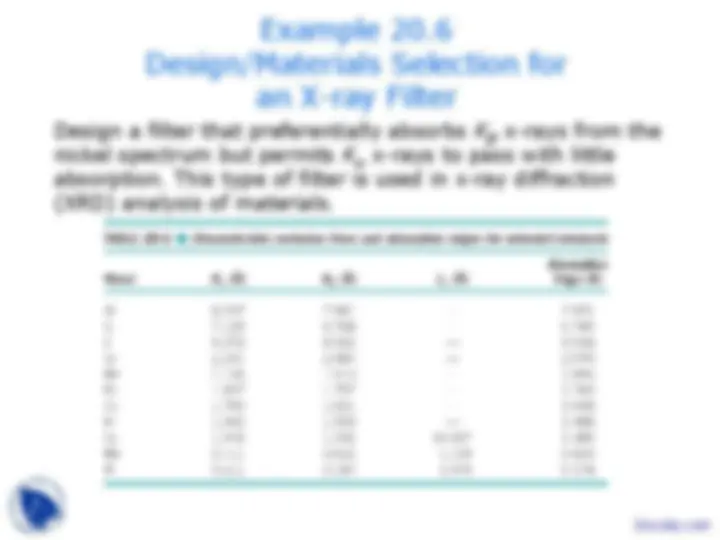
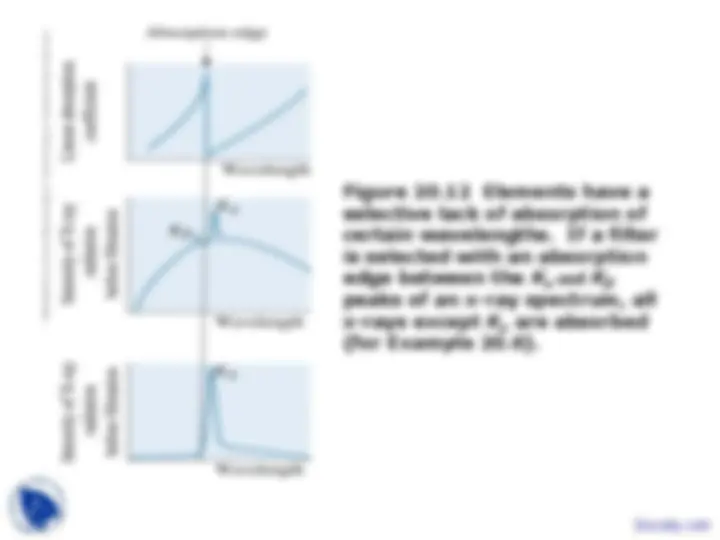
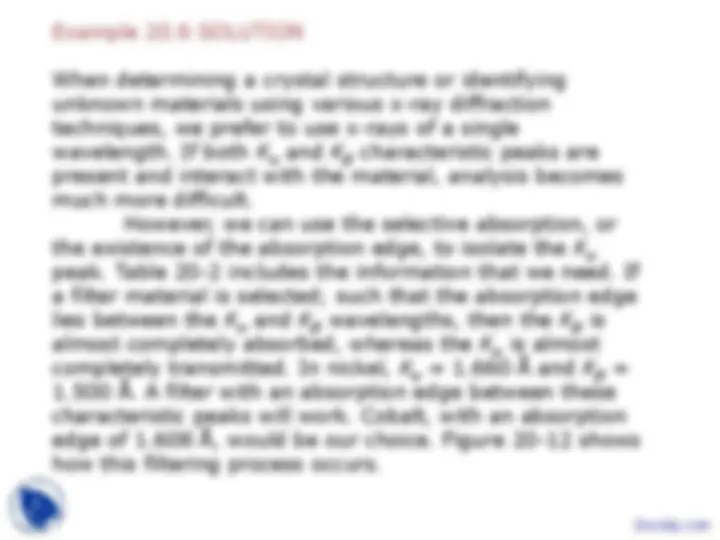
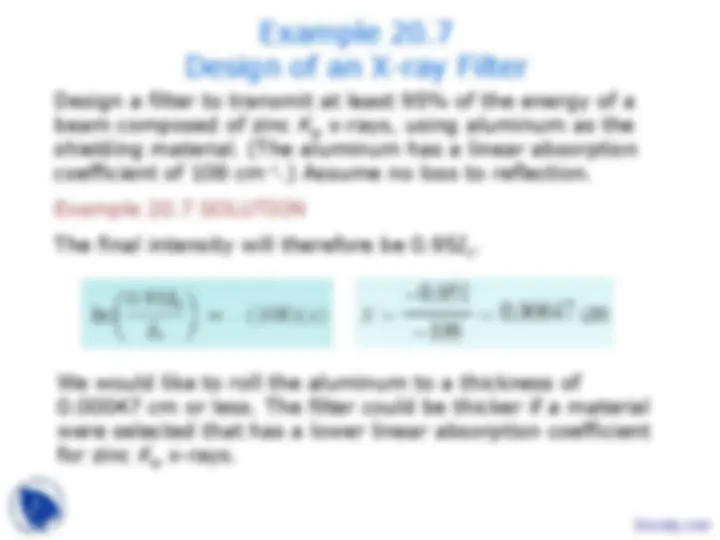
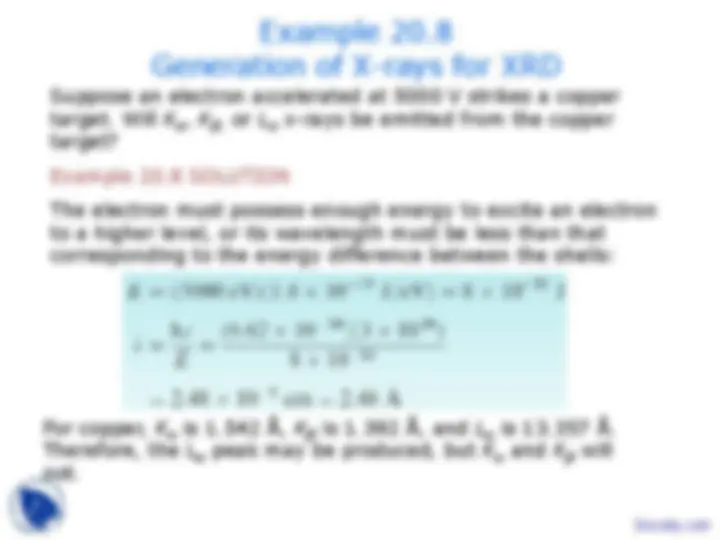
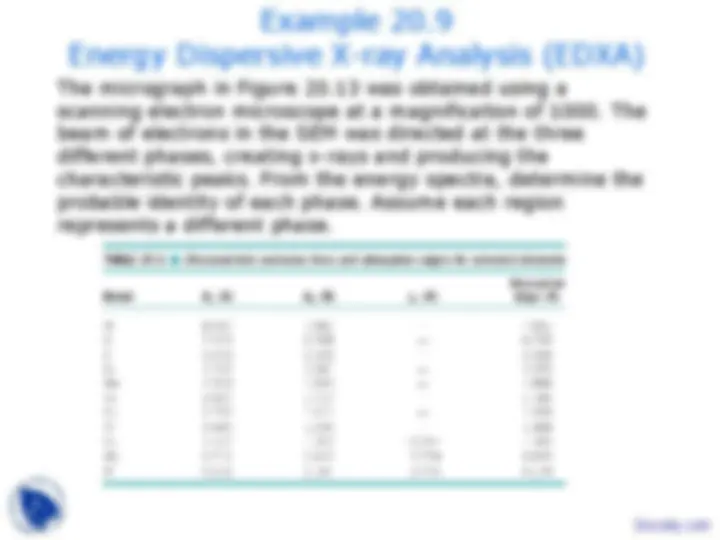
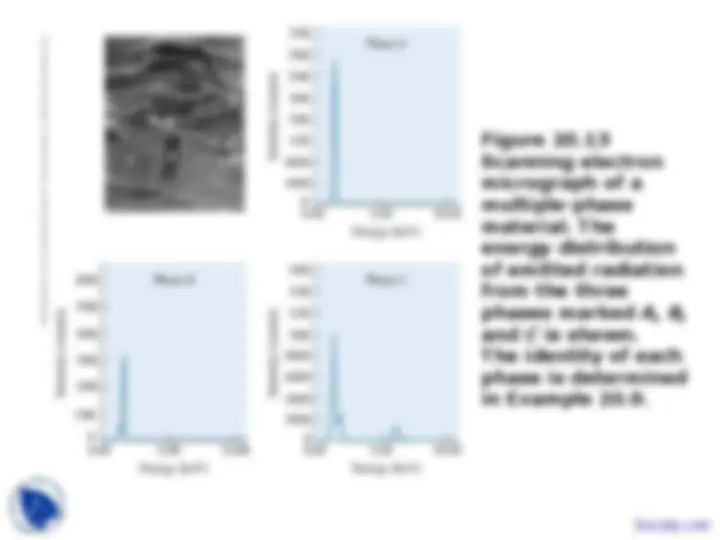
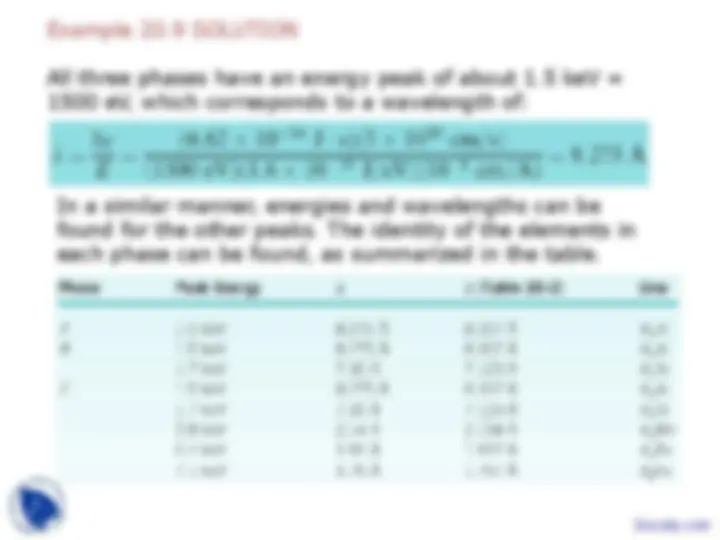

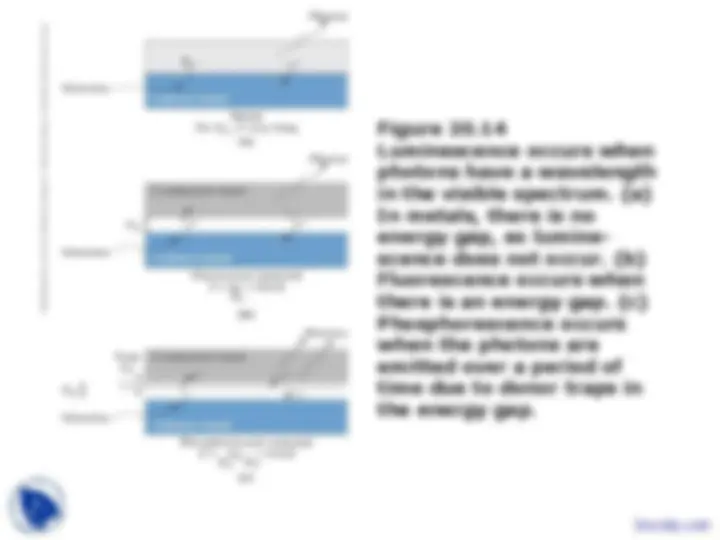
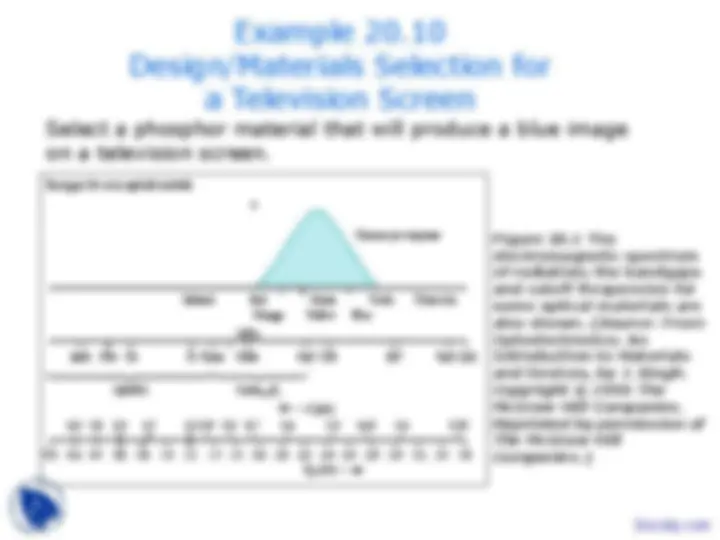
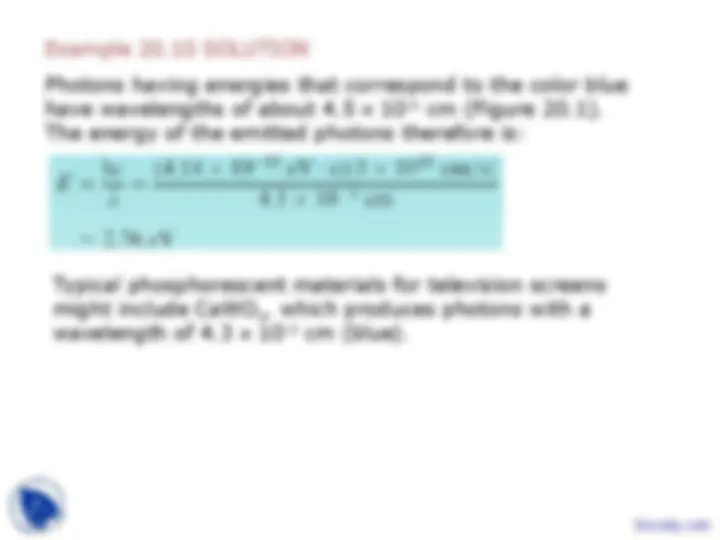
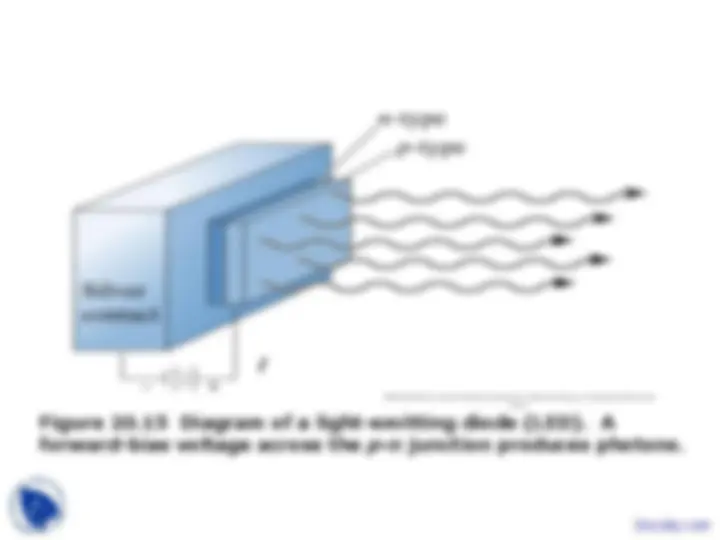
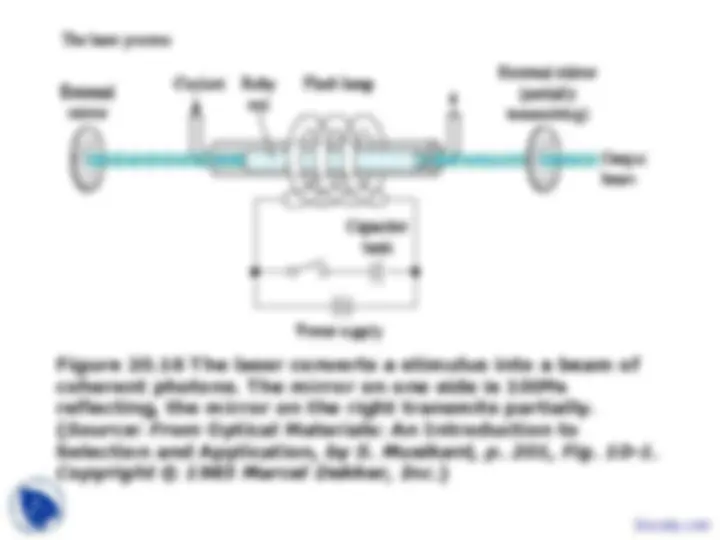
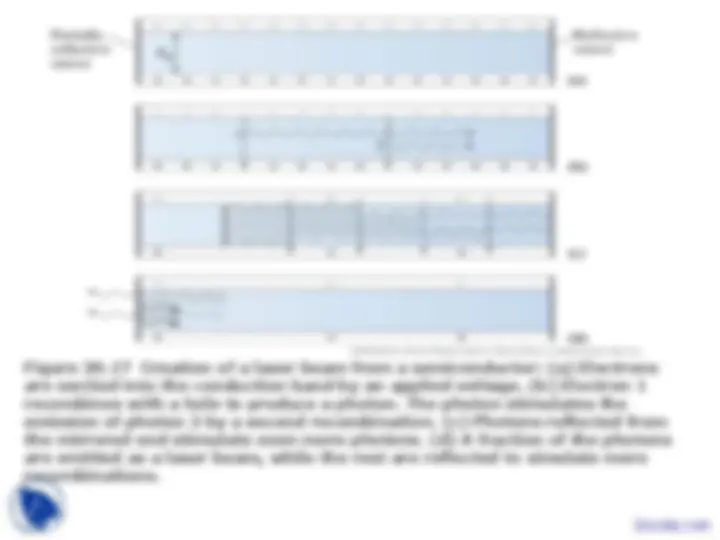
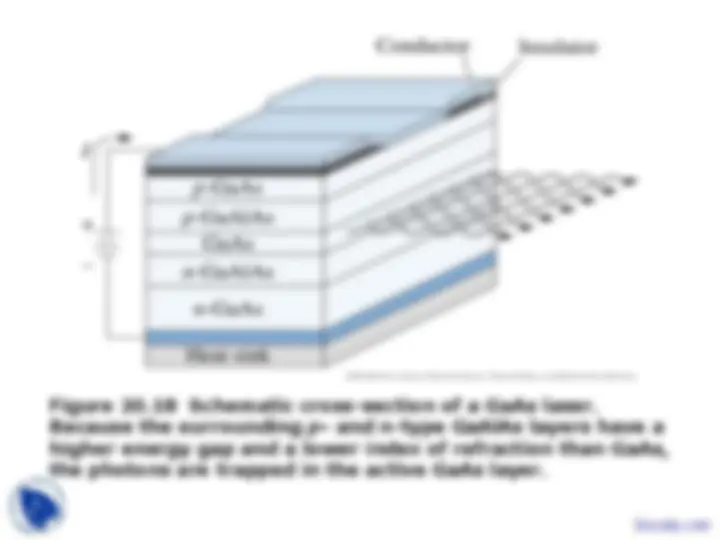
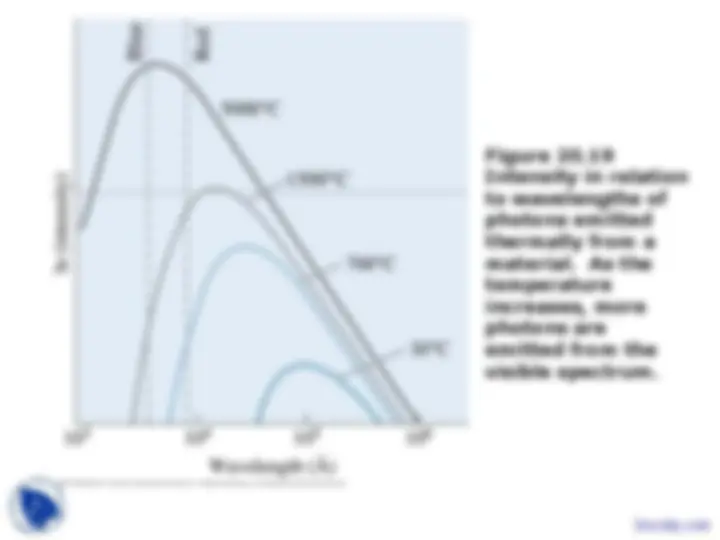
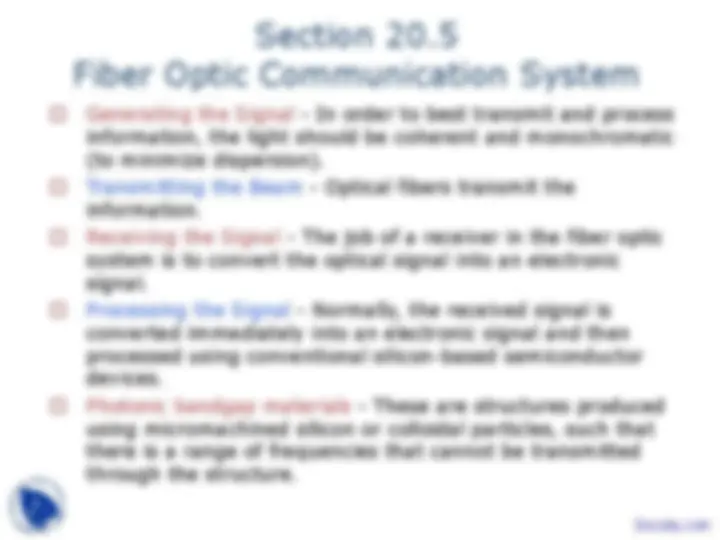


Study with the several resources on Docsity

Earn points by helping other students or get them with a premium plan


Prepare for your exams
Study with the several resources on Docsity

Earn points to download
Earn points by helping other students or get them with a premium plan
Community
Ask the community for help and clear up your study doubts
Discover the best universities in your country according to Docsity users
Free resources
Download our free guides on studying techniques, anxiety management strategies, and thesis advice from Docsity tutors
These are the Lecture Slides of Material Science for Engineers which includes Structure of Wood, Moisture Content, Density of Wood, Mechanical Properties of Wood, Expansion and Contraction of Wood, Concrete Materials, Properties of Concrete etc. Key important points are: Photonic Materials, Electromagnetic Spectrum, Refraction, Reflection, Use of Emission Phenomena, Fiber Optic Communication System, Characteristics of Photons, Index of Refraction, Transmission
Typology: Slides
1 / 46

This page cannot be seen from the preview
Don't miss anything!







































Chapter 20 – Photonic Materials
Section 20.
The Electromagnetic Spectrum
Figure 20.1 The electromagnetic spectrum of radiation; the bandgaps and cutoff frequencies for some optical materials are also shown. ( Source: From Optoelectronics: An Introduction to Materials and Devices, by J. Singh. Copyright © 1996 The McGraw-Hill Companies. Reprinted by permission of The McGraw-Hill Companies .)
Section 20.
Refraction, Reflection, Absorption,
and Transmission
©2003 Brooks/Cole, a division of Thomson Learning, Inc. Thomson Learning™ is a trademark used herein under license.
Figure 20.2 (a) Interaction of photons with a material. In addition to reflection, absorption, and transmission, the bream changes direction, or is refracted. The change in direction is given by the index of refraction n****. (b) The absorption index ( k ) as a function of wavelength.
Optical fibers are commonly made from high-purity silicate glasses. They consist of a core that has refractive index (~ 1.48) that is higher than a region called cladding (refractive index ~ 1.46). This is why even a simple glass fiber in air (refractive index 1.0) can serve as an optical fiber. In designing a fiber optic transmission system, we plan to introduce a beam of photons from a laser into a glass fiber whose index of refraction of is 1.5. Design a system to introduce the beam with a minimum of leakage of the beam from the fiber.
Example 20. Design of a Fiber Optic System
Figure 20.3 (b) Diagram a light beam in glass fiber for Example 20.1.
Example 20.1 SOLUTION
To prevent leakage of the beam, we need the total internal reflection and thus the angle θ t must be at least 90o. Suppose that the photons enter at a 60o^ angle to the axis of the fiber. From Figure 20.3(b), we find that θ i = 90 - 60 = 30o. If we let the glass be Material 1 and if the glass fiber is in air (n = 1.0), then
Because θ t is less than 90o, photons escape from the fiber. To prevent transmission, we must introduce the photons at a shallower angle, giving θ t = 90o.
Example 20. Light Transmission in Polyethylene Suppose a beam of photons in a vacuum strikes a sheet of polyethylene at an angle of 10o^ to the normal of the surface of the polymer. Calculate the index of refraction of polyethylene and find the angle between the incident beam and the beam as it passes through the polymer. Example 20.2 SOLUTION The index of refraction is related to the high-frequency dielectric constant. For this material the high-frequency
The angle θ t is:
©2003 Brooks/Cole, a division of Thomson Learning, Inc. Thomson Learninglicense. ™ is a trademark used herein under
Figure 20.4 The linear absorption coefficient relative to wavelength for several metals. Note the sudden decrease in the absorption coefficient for wavelengths greater than the absorption edge.
©2003 Brooks/Cole, a division of Thomson Learning, Inc. Thomson Learning
is a trademark used herein under license.™
Figure 20. Relationships between absorption and the energy gap: (a) metals, (b) Dielectrics and intrinsic semiconductors, and (c) extrinsic semiconductors.
©2003 Brooks/Cole, a division of Thomson Learning, Inc. Thomson Learning
is a trademark used herein under license.™
Figure 20.7 (a) Photoconduction in semiconductors involves the absorption of a stimulus by exciting electrons from the valence band to the conduction band. Rather than dropping back to the valence band to cause emission, the excited electrons carry a charge through an electrical circuit. (b) A solar cell takes advantage of this effect.
Determine the critical energy gaps that provide complete transmission and complete absorption of photons in the visible spectrum.
Example 20.3 SOLUTION
The visible light spectrum varies from 4 10 -5^ cm to 7 10 - cm. The minimum Eg required to assure that no photons in the visible spectrum are absorbed is:
Example 20. Determining Critical Energy Gaps
Example 20.3 SOLUTION (Continued)
The maximum Eg below which all of the photons in the visible spectrum are absorbed is:
For materials with an intermediate Eg , a portion of the photons in the visible spectrum will be absorbed.